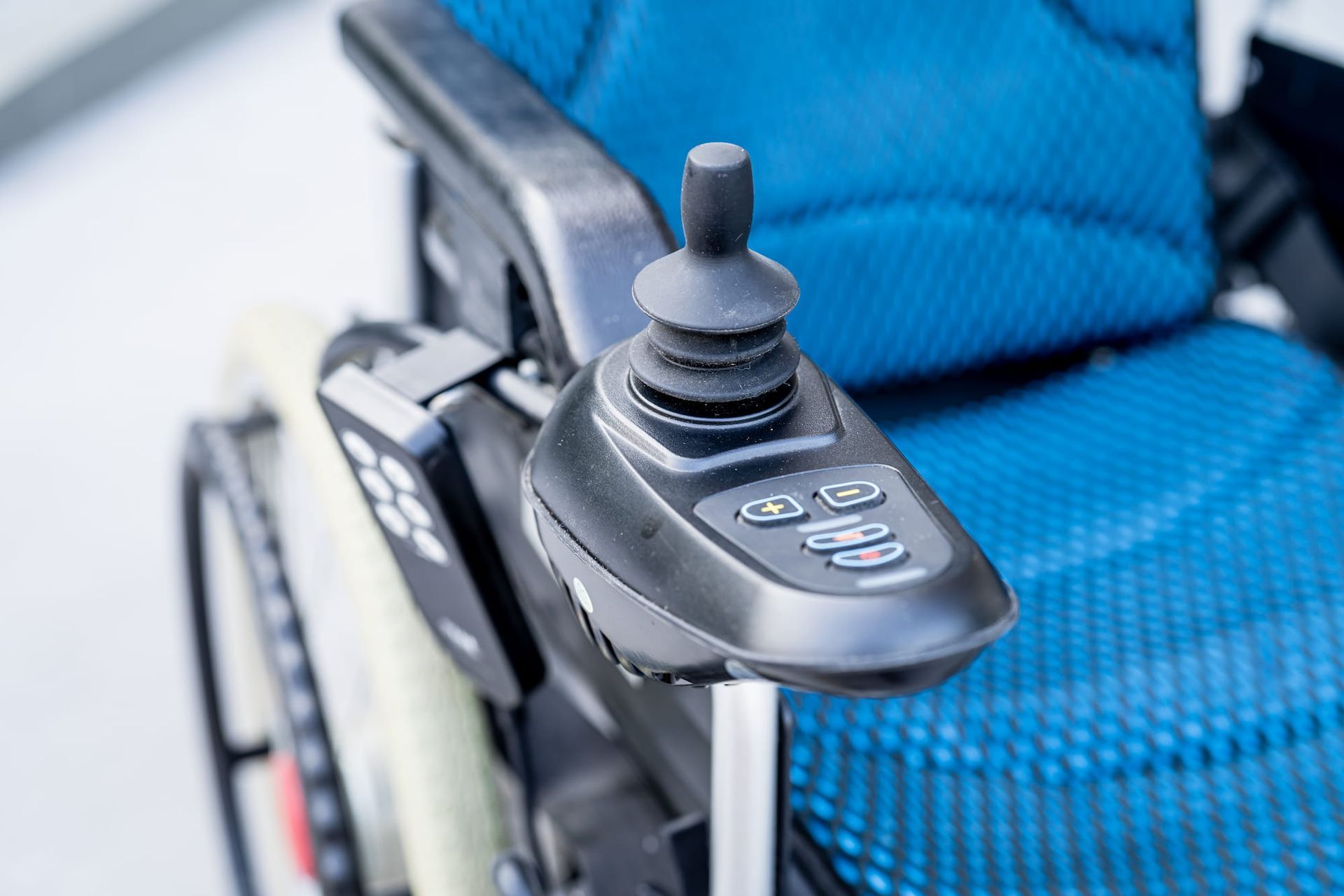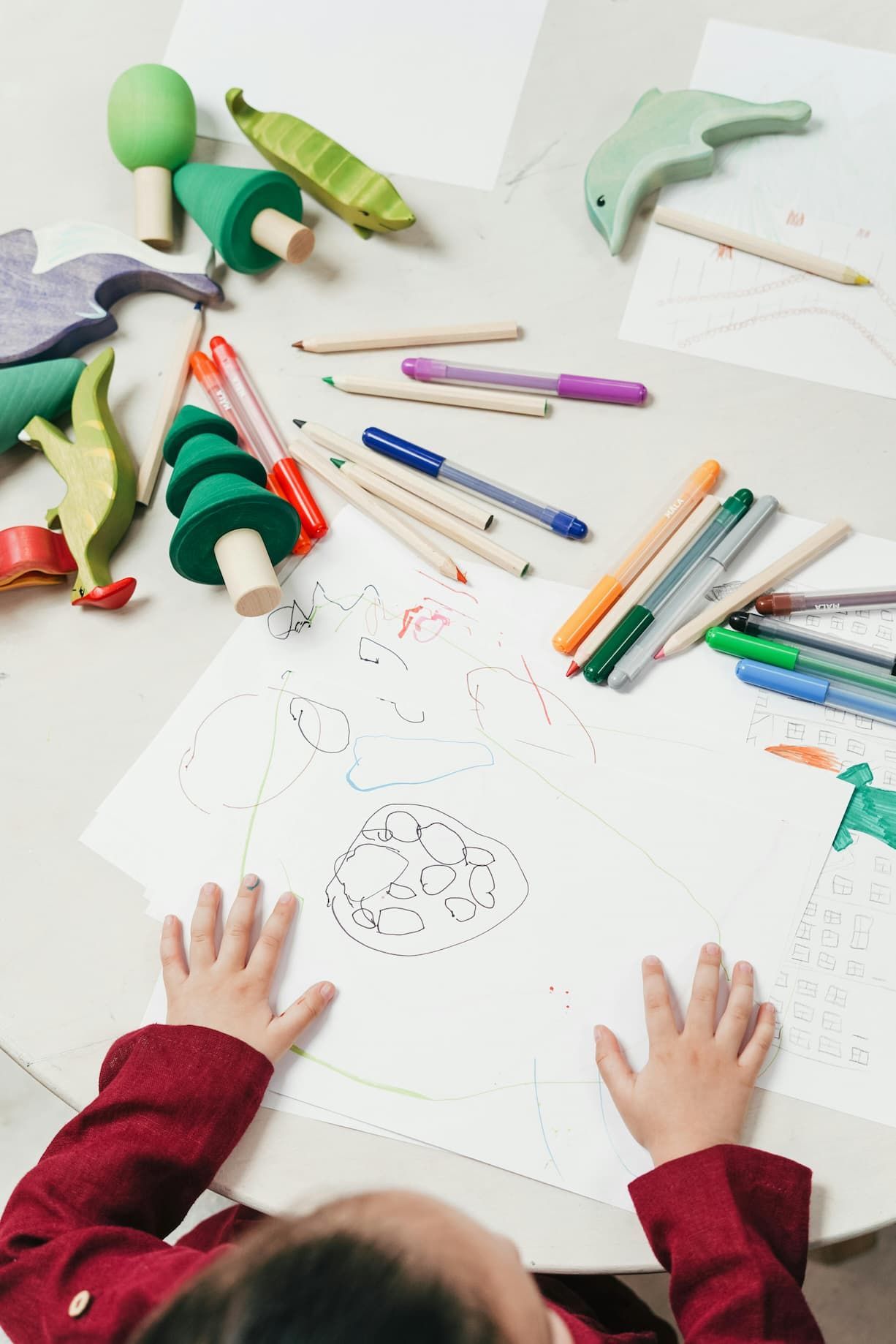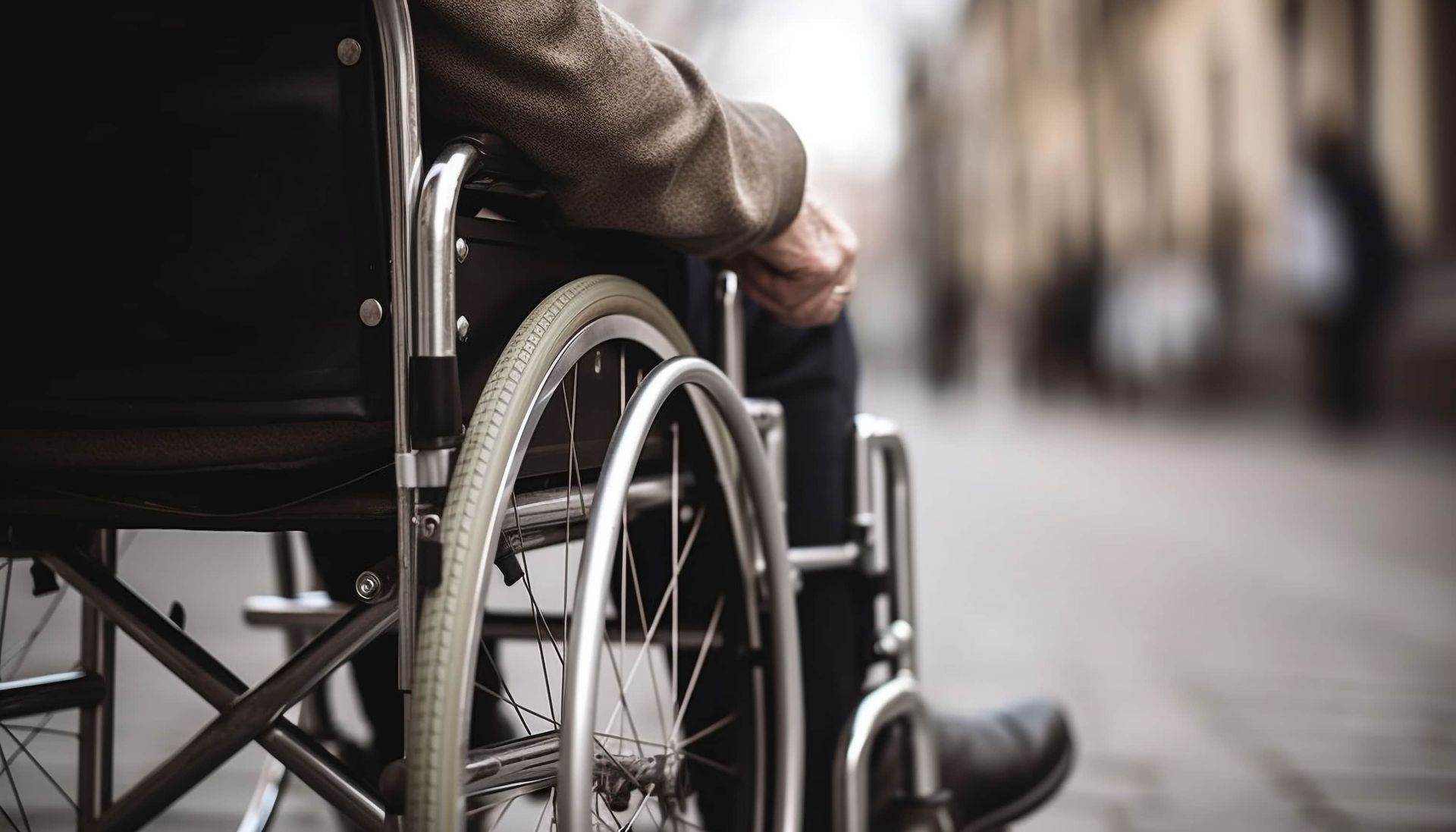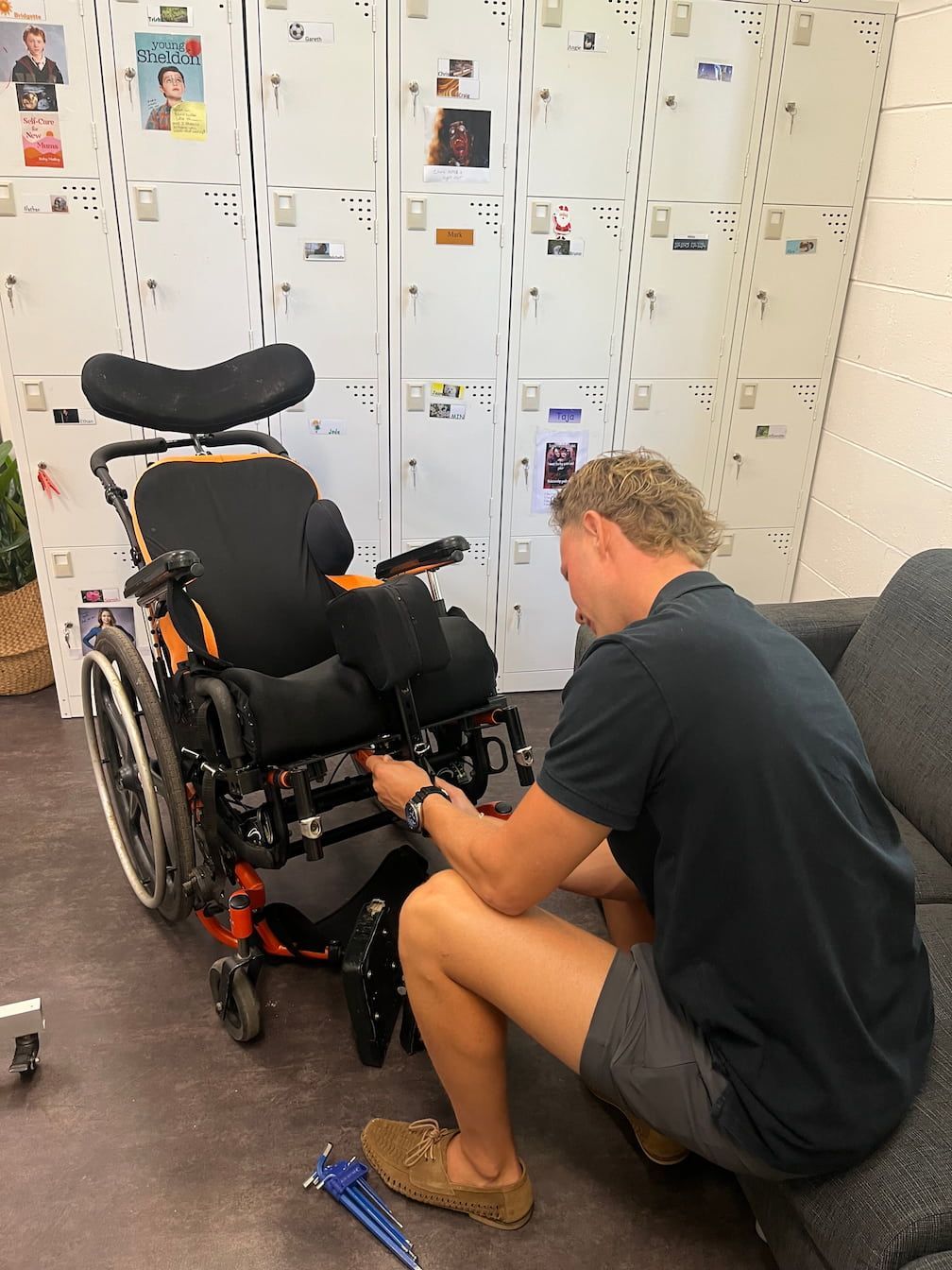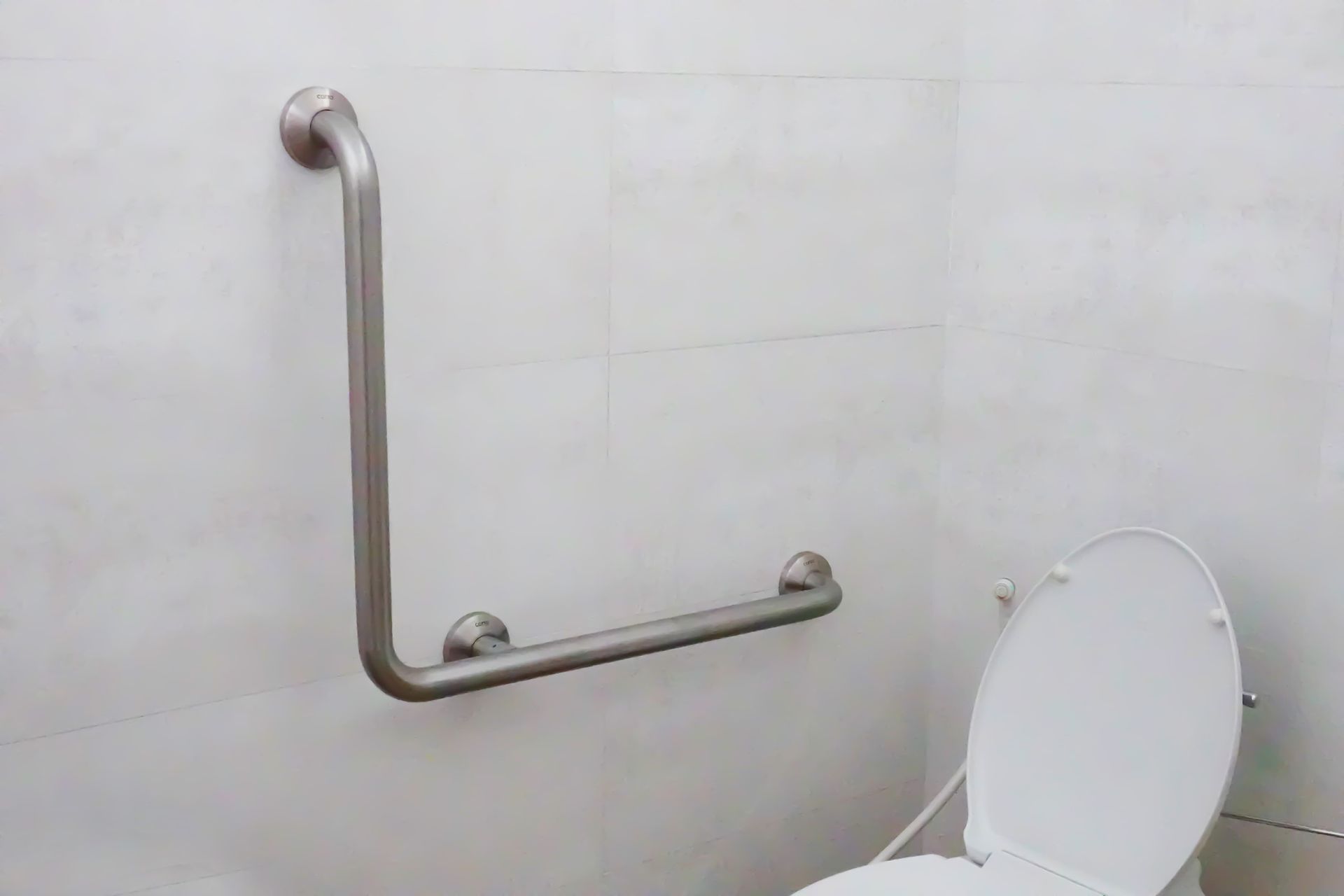How Custom Wheelchair & Seating Assessments Improve Comfort & Mobility
When it comes to wheelchairs and seating, each individual has unique needs, and ensuring the right fit is critical for both comfort and mobility.
Custom wheelchair and seating assessments are vital in optimising function and preventing long-term health issues such as pressure injuries.
In this blog post, we explore the importance of personalised assessments and how they can significantly improve quality of life.
Why Personalised Wheelchair Assessments Matter
A wheelchair is not just a mobility aid; it’s an essential part of daily living for many individuals. A poorly fitted wheelchair can lead to:
- Discomfort: Extended use of an ill-fitting wheelchair can cause pain and fatigue.
- Pressure Injuries: Improper seating can lead to pressure sores, which are both painful and difficult to treat.
- Reduced Mobility: Limited functionality or poor posture can hinder daily activities and independence.
- Long-term Health Issues: Incorrect posture and alignment may lead to musculoskeletal problems over time.
Personalised wheelchair and seating assessments ensure that each component of the wheelchair, from the seat to the backrest, is tailored to the individual’s needs, minimising these risks and enhancing overall mobility.
The Role of an Occupational Therapist in Seating Assessments
Occupational therapists play a crucial role in the custom wheelchair and seating assessment process. These professionals have the expertise to assess individual needs holistically, considering physical, functional and environmental factors. Their process typically involves:
- Initial Consultation: The OT gathers detailed information about the individual’s lifestyle, medical history and daily activities. This helps identify specific challenges and goals.
- Physical Assessment: A thorough evaluation of posture, muscle strength, range of motion and any existing conditions is conducted to determine the optimal seating solution.
- Environmental Considerations: The OT evaluates the environments in which the wheelchair will be used, such as the home, workplace or outdoors, to ensure compatibility and ease of use.
- Equipment Trial: Trialing different wheelchairs, cushions, and backrests allows the individual to experience various options before making a decision.
- Customisation and Adjustments: Once the best options are identified, the wheelchair and seating system are customised and fine-tuned to ensure a perfect fit.
- Ongoing Support: Regular follow-ups are essential to ensure the seating system continues to meet the individual’s needs as they change over time.
Benefits of Custom Wheelchair & Seating Assessments
The benefits of a personalised approach extend far beyond comfort. Here are some key advantages:
- Enhanced Mobility: A customised wheelchair improves functionality and independence, enabling users to navigate their environment with ease.
- Prevention of Pressure Injuries: Proper seating alignment and pressure distribution reduce the risk of painful and potentially life-threatening pressure sores.
- Improved Posture and Spinal Alignment: Tailored backrests and seating systems support proper posture, reducing strain on muscles and joints.
- Greater Comfort: Ergonomic designs, combined with tailored adjustments, ensure prolonged comfort during daily use.
- Increased Confidence and Independence: With the right wheelchair and seating setup, users feel more confident and capable in their daily activities.
Who Should Consider a Custom Assessment?
Anyone who uses a wheelchair regularly can benefit from a custom assessment. This is particularly important for individuals with:
- Neurological conditions such as multiple sclerosis or spinal cord injuries.
- Muscular dystrophy or other degenerative conditions.
- Postural deformities or scoliosis.
- A history of pressure injuries.
- Significant changes in mobility needs or physical health.
How to Get A Wheelchair Assessment Done
If you or a loved one requires a wheelchair or seating assessment, the process usually begins with a referral to an occupational therapist. At Life Solutions OT, we specialise in wheelchair and seating assessments and work closely with equipment providers to ensure the best outcomes. Here are the steps:
- Book an Appointment: Contact us to schedule an initial consultation.
- Prepare Relevant Information: Gather medical records, previous equipment details, and a list of challenges or concerns.
- Attend the Assessment: Be prepared to discuss your daily activities, challenges and goals in detail.
- Trial Equipment: Take time to trial various wheelchair and seating options to find the most suitable solution.
- Ongoing Review: Schedule regular follow-ups to ensure your equipment continues to meet your needs as they evolve.
Conclusion
Custom wheelchair and seating assessments are a vital investment in comfort, mobility and overall well-being. By addressing individual needs, occupational therapists help ensure that wheelchairs and seating systems are not just functional but also supportive of a person’s long-term health and independence.
If you or a loved one requires a
wheelchair assessment, get in touch with Life Solutions OT.
Written By Alex Kiosses
Alex is a driven and dedicated OT with a diverse skill set acquired through a broad range of experience working within the community. His passion lies in assisting individuals by enhancing their access to environments, allowing them to enjoy the things they love and find important.


